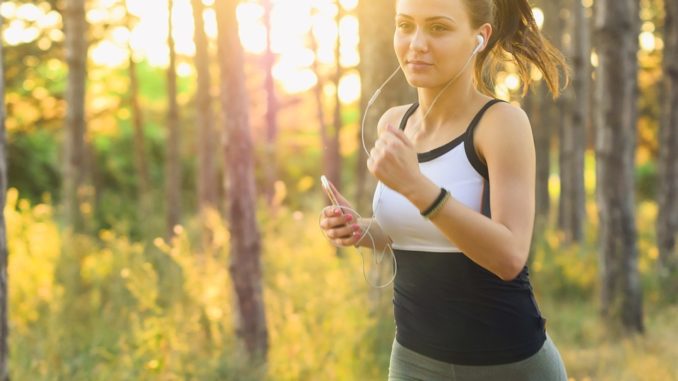
Findings from the Sporting Equality Fund – which gives grants distributed by the Scottish government to get more women and girls participating in physical activity – have shown that sport has a substantial impact on female wellbeing
This is an edited version of an article which originally appeared on What Works Wellbeing
The surprising impact on feelings of worth
Researchers had predicted that life satisfaction (12%) and happiness (8%) would both be areas where there was potential for change, as these domains are, traditionally, associated with active lifestyles. However, there were similar increases in the number of participants who felt that their lives were worthwhile (11%) – something which might be expected more of volunteering projects.
Lowest start point sees biggest increases
Most of the projects in this fund were working with small numbers of participants, so the data must be handled with care, and not be widely generalised. However, the projects that saw the biggest changes in wellbeing – across all domains – tended to be those where the average starting point had been lowest. These were often projects working with small groups of women and girls with complex barriers to participation, such as women with addiction problems, refugees and girls with challenging home lives.
What helped people to show up to the project in the first place?
- Reaching out to women and girls in spaces where they already go: to have the best chance of increasing wellbeing, the projects had to reach women and girls who were not already participating in this sort of activity. For some projects this meant partnering with schools and encouraging teachers to refer girls who were reluctant to take part in PE.
- Making sure advertising wasn’t ‘aspirational’: it was found that stock images to advertise physical activity were off-putting; potential participants felt intimidated and that they would not fit in. Once images were swapped to include local girls in recruitment flyers, numbers increased.
- Not leading with physical activity: some of the projects didn’t do any physical activity during the first session. Instead, they focused on socialising, and introduced increasing amounts of physical activity over time.
What helped people return?
- Trusted relationships: qualitative feedback overwhelmingly stressed the importance of building trust – both within the group and with the leads. Activities were designed for participants to get to know the people running the projects, as well as build friendships with each other. It seems likely that the sense of trust and belonging were both drivers of the increased sense of wellbeing.
- Providing choice: community projects asked participants which sorts of activities they would like to try, and then found the staff and equipment to cater for these. Where there were single sports on offer, organisations provided taster sessions so that people could see if the activity was for them.
- Making it ok to miss a session:the project leads also recognised that many participants had busy and complicated lives. Many traditional physical activity or sports courses require upfront payments and minimum attendance; this can be very off putting for people whose circumstances, such as illness, shift work or family responsibilities, make it difficult to plan ahead. Although most of the sessions operated in weekly ‘blocks’, project staff made it clear that, if they had to miss classes, it wouldn’t mean they had ‘dropped out’; they would be welcomed whenever they could make it.
What helped people to stay?
- Integrating family:projects worked with participants to identify the barriers that normally prevented them from taking part regularly, and worked around them. Some projects made it clear that young children were welcome too, which made it easier for parents to take part.
- Providing next steps:projects took a personalised approach to working out what progress looked like. For some, it was steadily increasing the number of sessions participants attended, or thinking about how they could integrate the skills they had learned into everyday life. For others it was taking on a volunteering role within the project, or doing a leadership qualification.
- Confidence: the clearest link between wellbeing and sustained activity was evidenced through participants’ increased confidence. Projects that focused on creating a nurturing environment in which people were treated as individuals saw the biggest wellbeing gains.
Don’t forget to follow us on Twitter, or connect with us on LinkedIn!

Be the first to comment